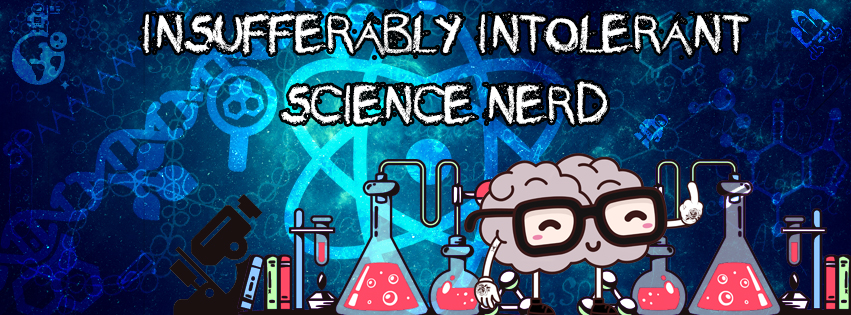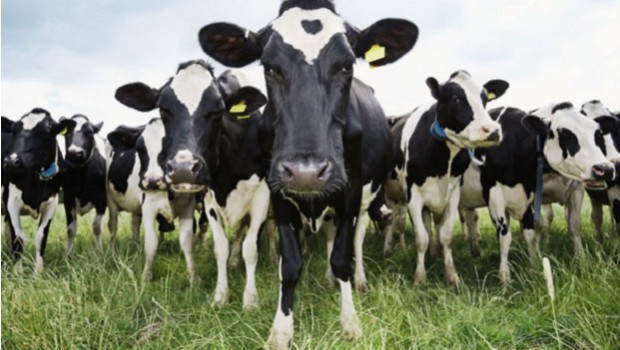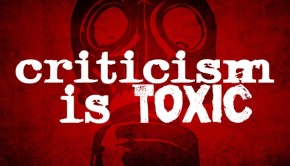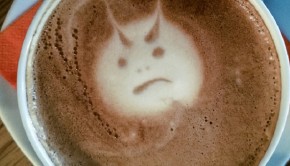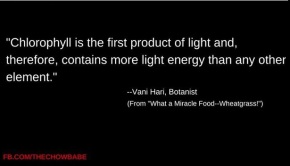Raw Milk: What happens when people become afraid of a little heat
It hasn’t been a very good week for pseudoscience. First, there was the ruling by the Federal High Court of Australia which concluded that “Homeopathy Plus! Pty Ltd (Homeopathy Plus!) and its director, Ms Frances Sheffield, engaged in misleading conduct and made false or misleading representations regarding the effectiveness of the whooping cough vaccine and homeopathic remedies as an alternative in breach of the Australian Consumer Law” (source).
Well, duh. They really need to stop lying about diseases and vaccines. For those of you who haven’t been following the news, read the recap here, here and here.
Another loss for pseudoscience and woo was the recent decision by the Victorian Government to impose strict new laws for the sale of raw (unpasteurised) milk. The decision came after reports that a child had died and numerous children were hospitalised from consuming the product. A produce which has never been advertised in Victoria as “safe for human consumption” I might add. It is illegal to sell raw milk in Australia under the banner of “for human consumption”. Indeed, the only way to sell raw milk is to label it as “bath milk only” or “cosmetic milk” which is just fucking stupid. The concept of bath milk is stupid, not the idea of rigid labelling. Why anyone would want to bathe in milk is beyond me.
The new laws ban the sale of raw milk unless the following conditions have been met:
1. Raw milk producers will have to pasteurise the milk to destroy pathogens and bacteria or,
2. Add a bittering agent to the milk to make it undrinkable. (source)
Of course, the Big Organic warriors are up in arms over the decision because apparently it is their right to feed their child milk contaminated with pathogenic microbes.
For those of you who don’t know about the pasteurisation process, the process itself is pretty simple. According to Dairy Food Safety Victoria “The pasteurisation is a continuous flow process that heats the milk to a minimum temperature, holds it for the required time, followed by immediate cooling of the milk. The regulated minimum heat process for the holding time and temperature combination of milk pasteurisation in Australia is 72°C for 15 seconds“(source). This is used to reduce the microbial load, including disease-producing microorganisms and spoilage microorganisms.
That’s it. Heat the milk until it reaches 72°C for 15 seconds followed by rapid cooling of the milk. Pasteurisation of milk will take care of nasty (often pathogenic) microbes that can be present in raw milk including Escherichia coli (E. coli), Campylobacter and Salmonella, and parasites such as Cryptosporidium (source). People benefit from the pasteurisation process – not having bacteria in your milk is pretty damn nifty especially for the more vulnerable members of our community such as children, the elderly and the immunocompromised. For more information on the risks of raw milk, please see this fact sheet produced by Dairy Food Safety Victoria.
I don’t understand why the pro-raw milk, anti-pasteurised milk brigade actually exists. The only difference is one form of milk is heated for 15 seconds which results in destroying pathogens. I seriously cannot understand why people would be adverse to pasteurised milk.
Advocates of raw milk often claim a higher nutritional value for raw milk over pasteurised milk however there is no scientific evidence to support the idea that the pasteurisation process alters milk in any way nor is an contributing factor in any illness. Those who are lactose intolerant will not benefit from raw milk in any way due to the allergen being present in both forms of milk.

If people want to drink pathogenic bacteria laden raw milk – go right ahead but don’t feed an unsafe product to your children and don’t scare people into making the same poorly thought out choices as you have.
